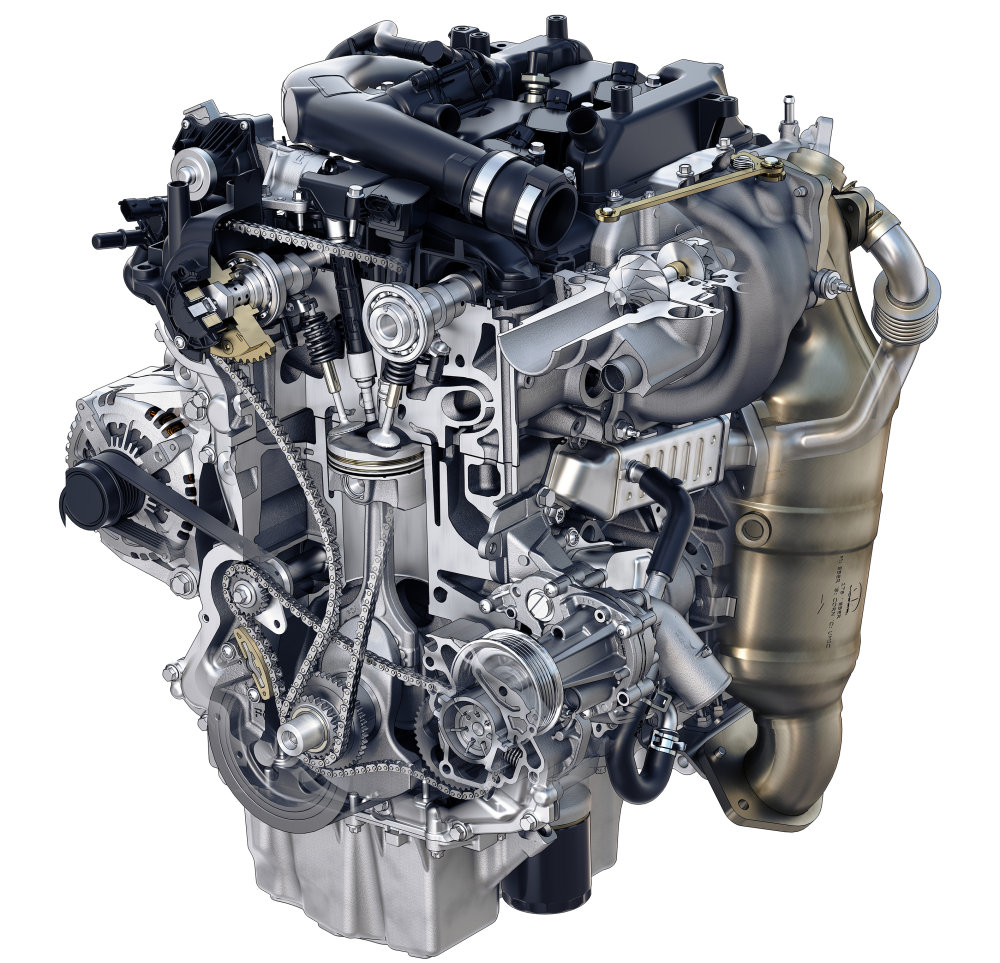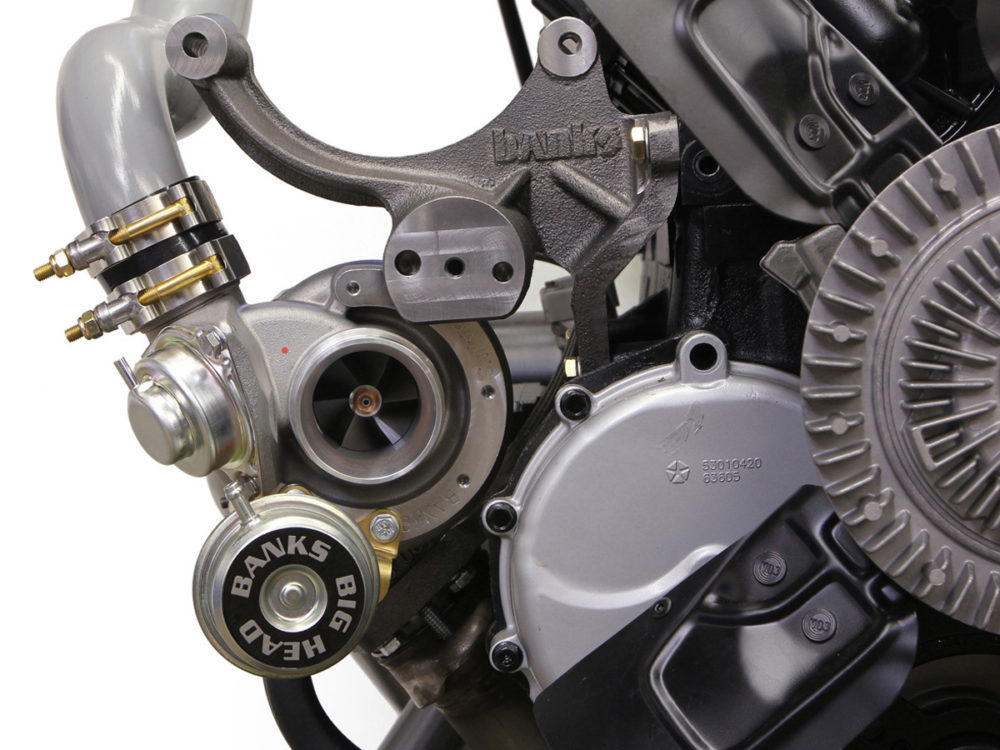Turbo Lag Vs. Boost Threshold: You’ve Been Getting Them Confused
Now that turbocharged Wranglers are coming into the mainstream, it’s time to clear the confusion between turbo lag and boost threshold.
Turbo lag is a term that gets thrown around a lot when it comes to forced-induction engines. However, sometimes what’s actually being experienced is waiting for the engine to reach its boost threshold rather than a meaningful amount of turbo lag.
Essentially, it’s the engine speed (rpm) that needs to be reached in order to produce enough exhaust gas flow for the turbo to start spinning and forcing air into the engine. Below that level, the turbo will not have any effect on power.Thankfully Jason Fenske from Engineering Explained has pulled out his whiteboard and markers to explain the science of the two terms. On boost threshold he tells us, “This is the engine speed that you have sufficient exhaust gas flow in order to create boost. Boost, of course, being when your intake manifold pressure is above atmospheric pressure.”

Lag is the time delay between opening the throttle valve and the turbo delivering positive pressure once its speed is above the boost threshold. Fenske explains the process once boost threshold has been reached and more exhaust gasses enter the system: “That starts to spool up your turbocharger pulling in more air that passes through this intake, through the intercooler, through the throttle body, into your intake manifold, into your engine and eventually you do start to create boost. That time delay is what turbo lag is.”
Lag occurs to a degree in all turbocharged engines but becomes more prominent with larger capacity turbos. The effect is exaggerated even more when fitted to on smaller capacity engines. Fenske gives a great example of this with the previous generation Subaru WRX:
“Below about 3,500 rpm you won’t create any boost, so you can floor it and nothing happens. You need to be above that in order to actually feel the boost and feel that torque coming in. And once you are above that, the car still does have turbo lag, so you floor it and you still wait for all of this to occur.”
When turbo lag is confused for boost threshold it’s often in vehicles that are using a smaller turbo to balance both economy and performance. When driving around town in traffic at low speeds, where meaningful performance isn’t needed, a higher boost threshold is desirable so the turbo doesn’t engage unnecessarily. However, when you need to accelerate in a meaningful manner the turbo needs to reach its boost threshold at an early enough point, and then with little enough lag, to be useful.
Join the JK Forums now — FREE!

